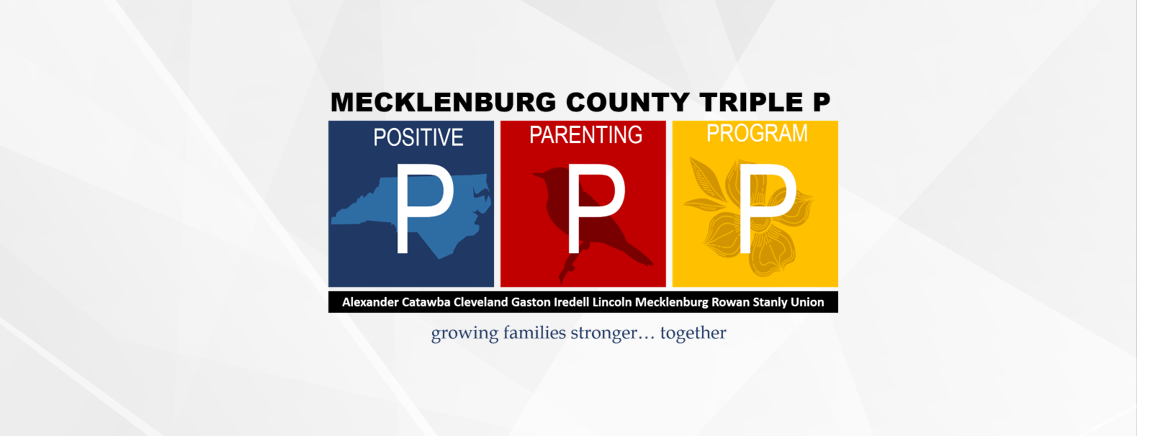Dealing with virtual behaviors - Part one

Parents, now that we’ve moved through over 1 month of virtual learning it’s likely that we are starting to feel like we’ve got the mechanics down pact – logging onto Zoom sessions, keeping up with the school/meal schedule and even making it through statewide testing. Kudos to you!!! You are persevering and you are winning!! Celebrate those small wins in a big way.
As with all things, one thing goes up and another comes down. Trust us…we know these kids are starting to do THE MOST – from losing supplies when they aren’t going anywhere, to “needing” help every 5 seconds, to being “done” with work that they haven’t started or submitted! We want to support you in preventing behaviors that can be prevented and managing behaviors that will inevitably show up.
Below are some tried and true strategies that we encourage you to try over the next week. Join us live for the next few weeks. This week on our live, we will discuss these strategies in detail. Next week we’ll share additional strategies AND we’ll discuss specific behaviors for applying these strategies during virtual learning. We hope you’ll join us, AND share how it’s going for you as we talk about these kids showing out!!
Remember Parents...Stay Positive
Preventive Strategies to Consider
Descriptive Praise…Catch them being good!
- Use: Praising child(ren) for positive behaviors that you wish to see more of.
- How: Be descriptive...mention exactly what they've done well.
- "Great job putting your Chromebook away, you are staying very organized."
- “I really appreciate you being on time to all your classes today.”
- “Good job paying attention while your teacher read that book during class. I love it when you pay attention!”
- Caution: Do not let their good deeds go unnoticed as they are seeking positive attention as a reward for positive behaviors.
Clear, Calm Instruction…Do your kids know the rules??
- Use: Communicate instructions clearly BEFORE you hold your child(ren) accountable to them.
- How: Be calm when giving instructions, ensure that your child can hear and understand and that your tone matches what you are trying to tell your child.
- This might mean a calm firm tone when needed.
- Remaining calm also models for your children what you expect of them.
- Caution: Don't overload your kids with too many steps...give them simple, easy to understand guidelines for remote learning.
- Example: Step 1) Turn on laptop 2) Login to your Canvas 3) Complete your attendance punch.
Management Strategies to Consider
Planned Ignoring:
- Use: For annoying, attention-seeking behaviors such as whining, making loud noises for attention or other harmless behaviors.
- How: completely ignoring the behavior, looking away when possible, and offering praise ONLY after the child has resumed the desired behavior – Do not tell your child to stop, only ignore the behavior.
- Caution: use this strategy for only harmless behaviors that drive you crazy, NOT for behaviors that can be unsafe or harmful to the child or others around - these behaviors require immediate action.
LOGICAL Consequences
- Use: Make sure the consequence matches the behavior and handles the current misbehaviors.
- How: Identify and implement a consequence that directly connects to the misbehavior. For Example:
- Your child misses Zoom Call - review schedule and expectation for missing again.
- Repeatedly missed calls may require 1 hour of no free-tech time after school.
- Fighting over things with siblings - take object away, ensure both/all kids have what they need for remote learning (pencils, paper, etc.).
- Your child misses Zoom Call - review schedule and expectation for missing again.
- Caution: Stick to realistic expectations, mistakes will happen!
Time Out (for young children) or Time Away (for older children and teens):
- Use: Time away in a safe, predetermined location as a firm consequence for moderate/severe behaviors.
- This time is used for the child/teen calm down.
- How: For young children, determined location should not contain your child's learning materials or toys/electronics that can keep him/her busy...instead it should be boring but safe 😊.
- How: For older children and teens, time away includes a designated time to return to the conversation (ex. let’s take time away to calm down and we will talk in 7 minutes).
- Caution: If using Time Out or Time Away:
- Make sure you set up a space for it and that this space is known by your children/teen.
- Make sure that you explain

